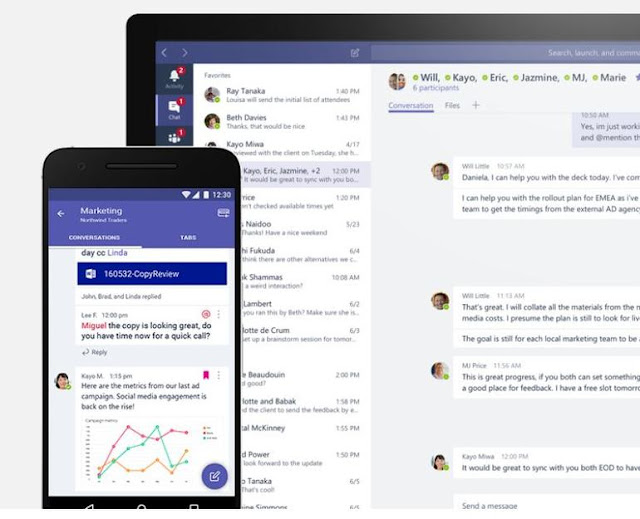Microsoft is dropping its Windows Phone apps for Teams, Yammer, Skype for Business in May

Summary: Windows Phone users will lose support for their native Microsoft Teams, Yammer, and Skype for Business apps as of next month. Late last week, Microsoft quietly acknowledged that it will drop support for the Windows Phone apps for Teams, Yammer, and Skype for Business . This fact isn't surprising to anyone who has been watching what's been going on with Windows Phone over the past few years, but the suddenness of Microsoft's declaration may catch some by surprise. (And based on tweets and emails I am getting, it did.) As of May 20, 2018, Microsoft will no longer make these apps available for download from the Microsoft Store and will no longer support them. The Skype for Business and Yammer apps "may continue to work, but we can't provide any guarantees," said officials in a Microsoft support article. "These apps will no longer receive updates or support." At the same time, the Microsoft Teams app for Windows Phone "will...


